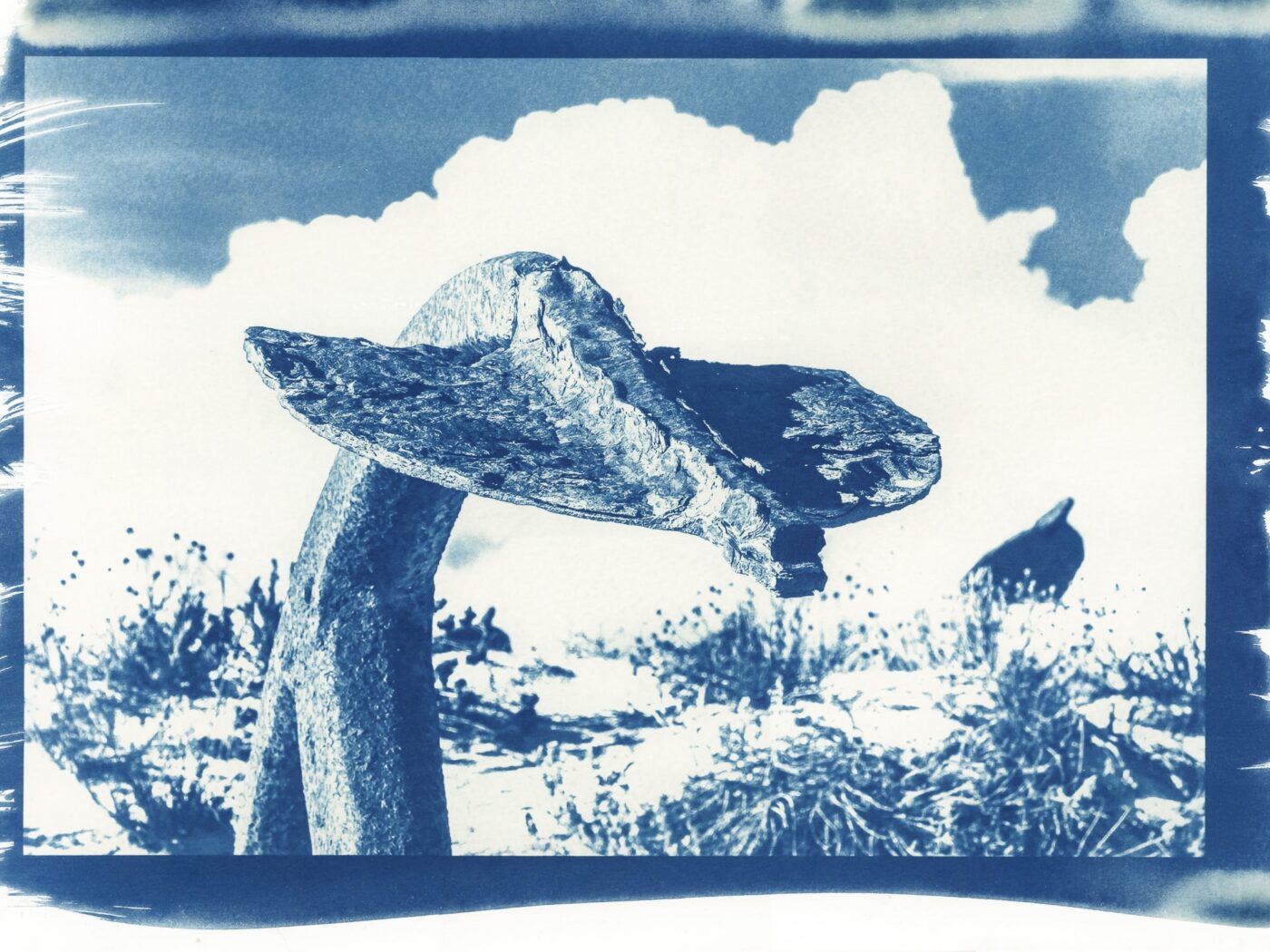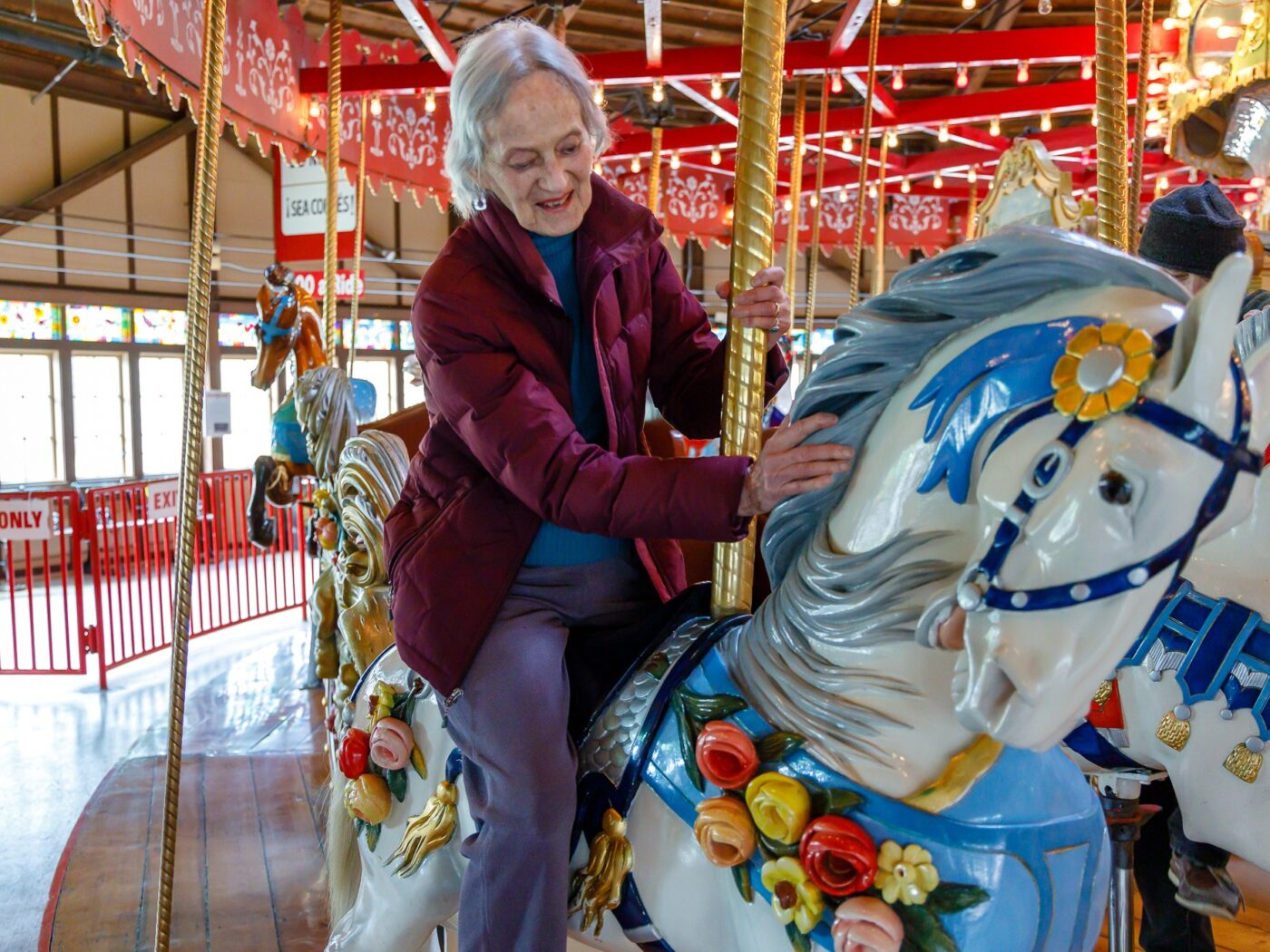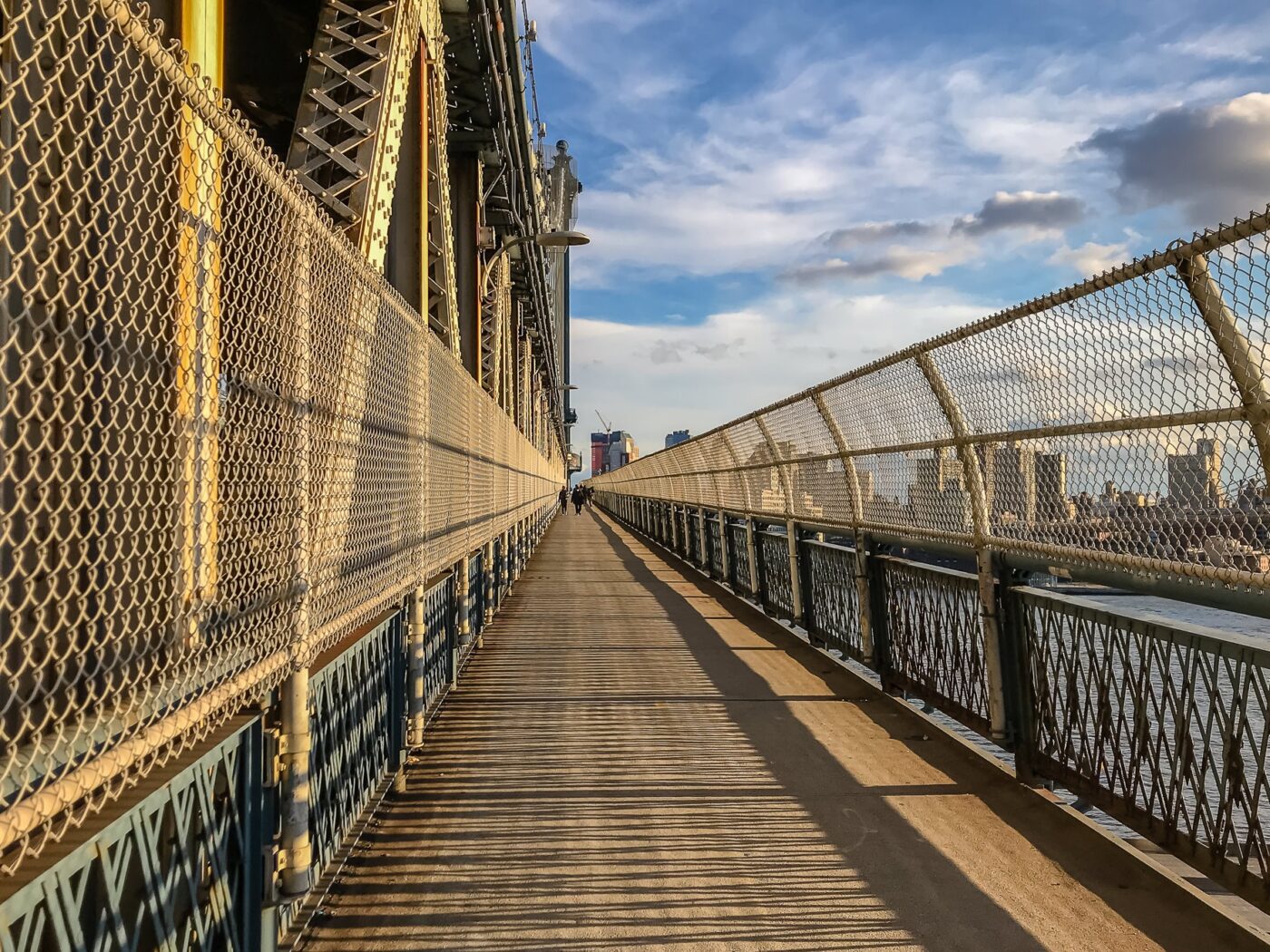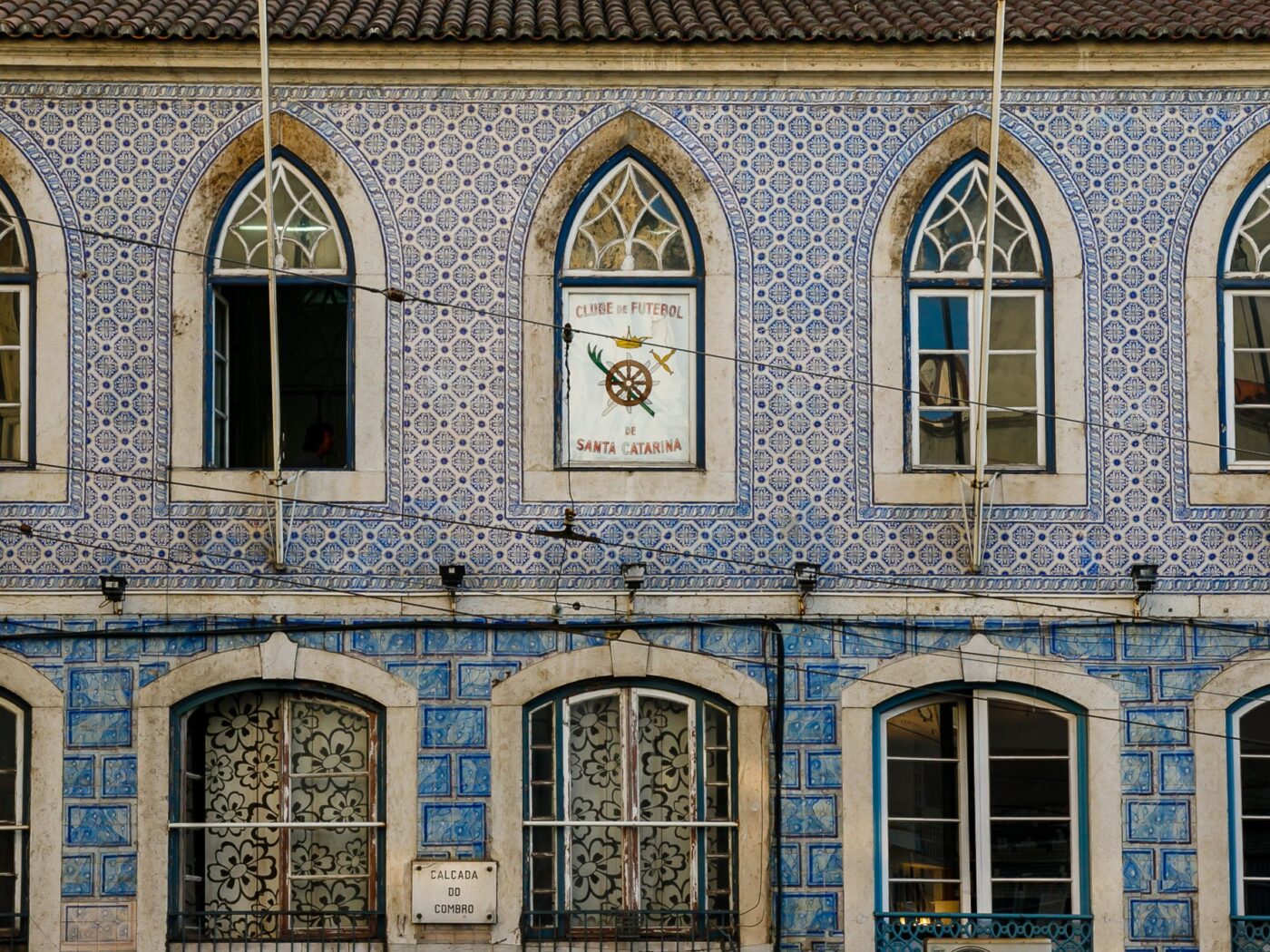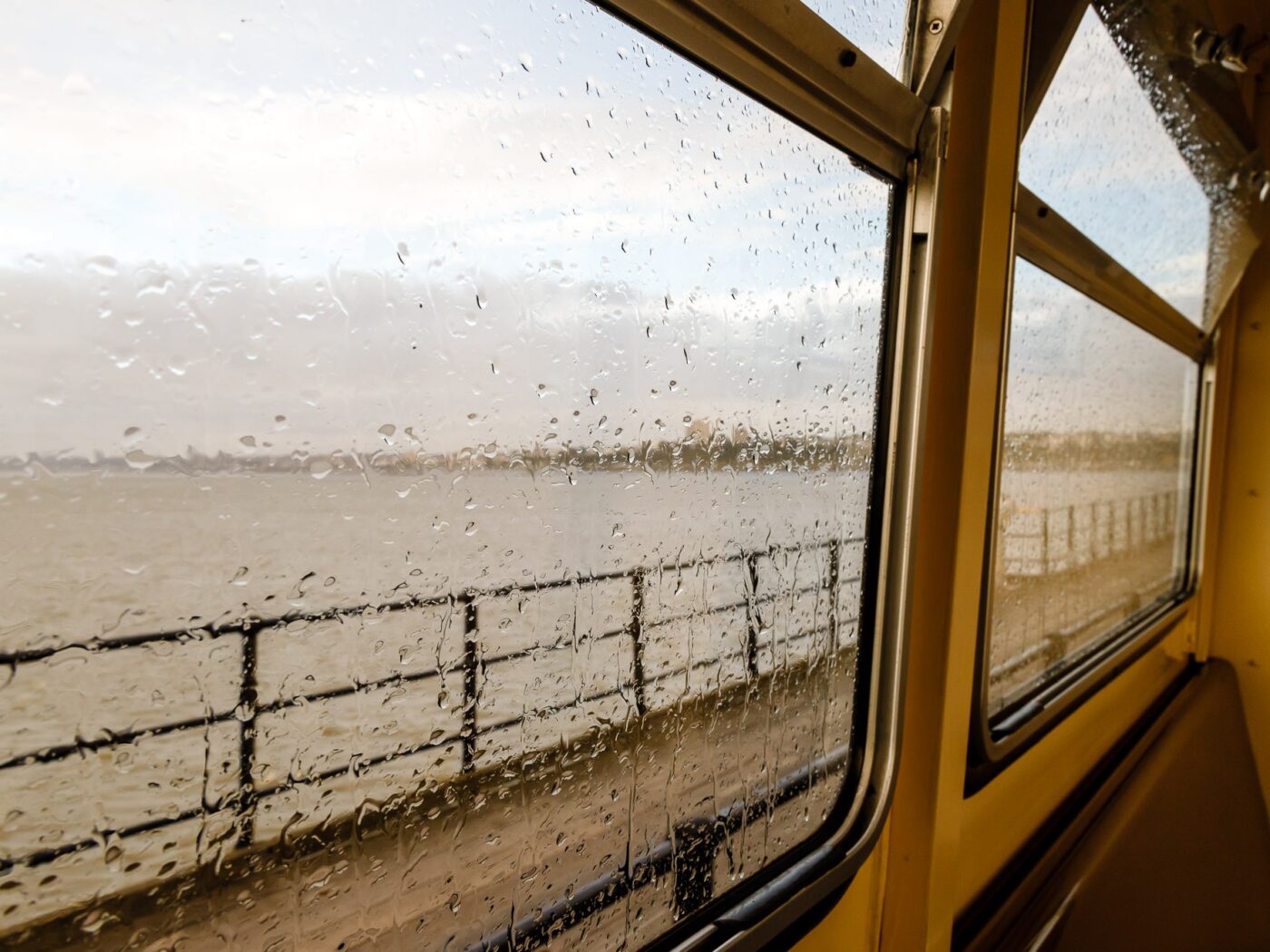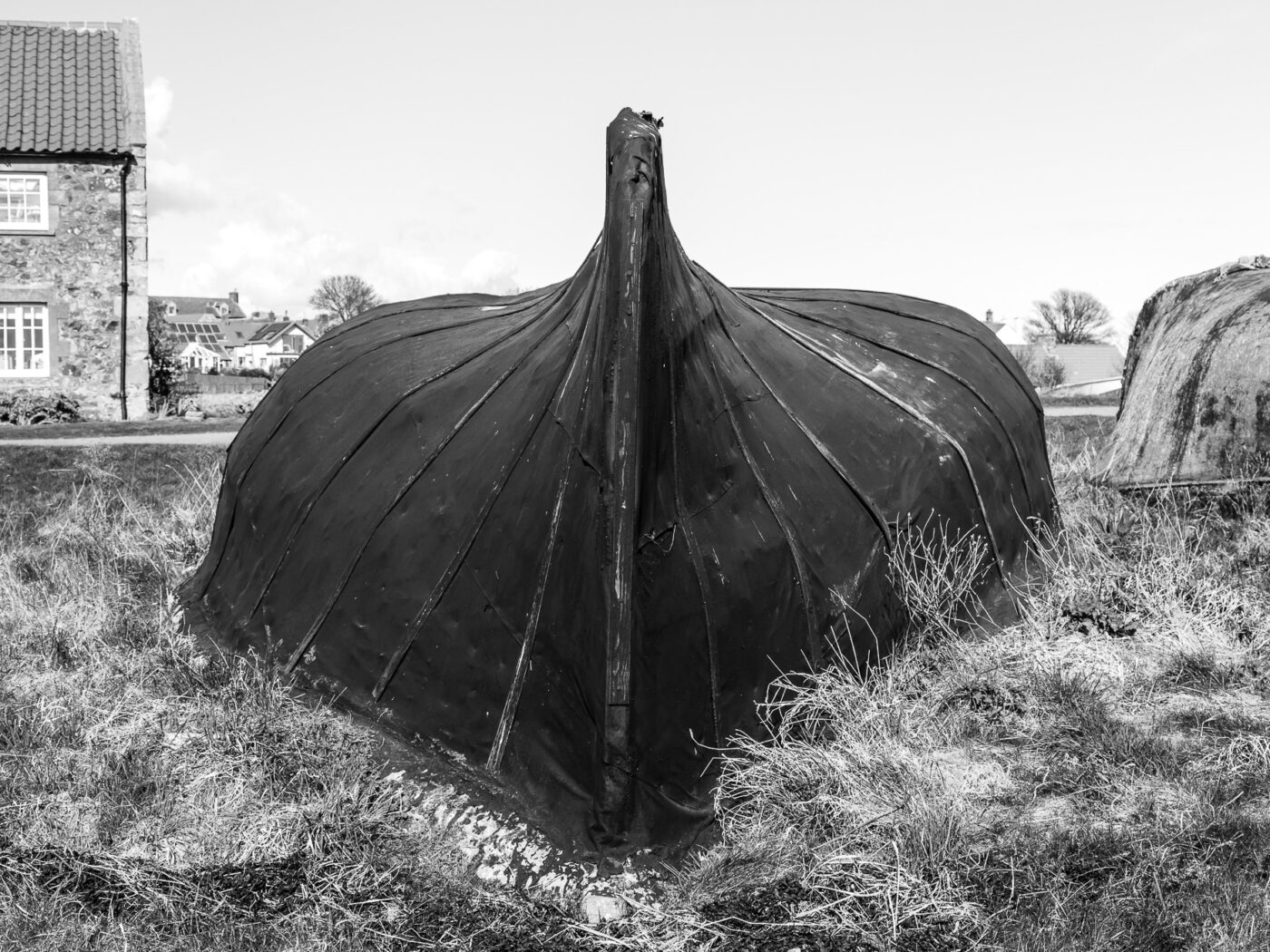How an anchor becomes a whale
As I continued to experiment with what had become my new photographic toy – the cyanotype process – I realised it gave me a way to work with photos in my archive that I loved but had never figured out what to do with. This medium gave them something that had been lacking as a straight digital photograph.
Two years ago we were staying with a friend on the southern coast of Portugal. One day she took us to Praia do Barril, a beach that had once been the seasonal home of a community of tuna fishermen and their families. The tuna eventually moved to different waters in the mid 20th century and the focus of the area turned to tourism. On the beach more than 100 huge anchors have been placed in rows as a reminder of this previous way of life. It was a surprising and striking sight.
I loved this shot, but it was through the cyanotype process that something otherworldly emerged from the flaking rust and graceful shape of the anchor against the white sand and bright sky. Was it now a whale, or maybe a duck – or even an alien?
I am self-publishing a book of my cyanotype Bonfire portraits. It will be available for sale during my Artwave exhibit and also by mail order. You can find more information here.
A large selection of this new work will be shown as part of the Lewes District Artwave Festival in a joint exhibit with artist Kelly Hall. You can find us at St Anne’s House, 111 High St, Lewes, BN7 1XY, opposite Shelley’s Hotel. We will be open the first three weekends in September, 11am-5pm. Please do come by and say hello!
